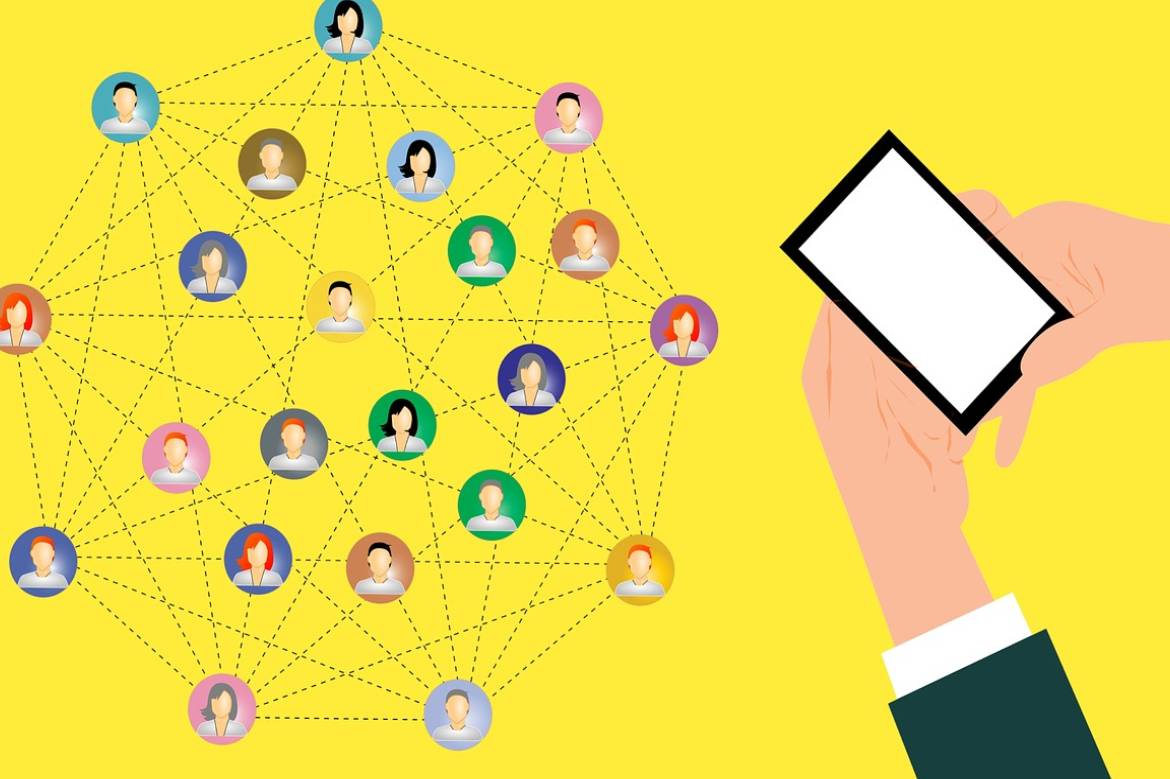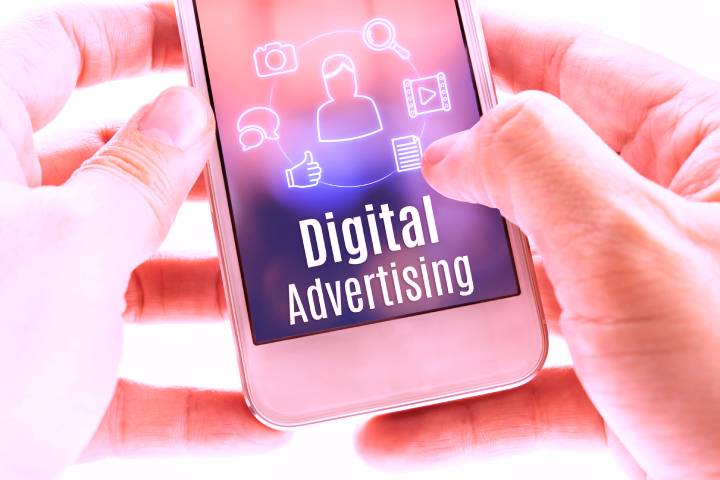Today, no one can ignore the role played by communication in a company’s development strategies . Communication is considered the main artery that connects development actors with employees, partners, customers, etc.
The implementation of a reliable communication strategy for a company must make it possible to achieve the following objectives:
- Optimize the flow of information internally and externally
- Develop a communication strategy adapted to the needs of the company;
- Implement a marketing strategy in accordance with the evolution of the market .
- Multiply its presence on a larger scale
- Strengthen the company’s ability to develop its activities in a highly competitive market
- Broaden the visibility and strengthen the competitiveness of the company.
A communication project therefore consists in setting up a basic structure, a strategy and reliable means of communication.
Table of Contents
Why Communicate?
Without a reliable communication strategy, a company will find it difficult to succeed in any project. Communication brings supply closer to demand, is used to transmit and receive a message, to sell, to buy, to make a complaint, to raise awareness, to inform. at the right time using appropriate media. Communication makes the relationship between two different entities viable: seller-buyer, manager-employees… In short, communication is everywhere. Today, communication takes on a modern form with the arrival of new technologies. Communication even becomes one of the key functions of a company in which an internal or external strategy with customers is designed and implemented and partners. But before embarking on a communication project, it is important to ask yourself the following questions:
For who?
At the beginning, it is important to identify the people concerned, those to whom you will communicate. What kind of people to target.
Professionals (define the positions of each target, the branches targeted):
- Company employees
- Management Committee
- Steering Committee
- Department.
The public or users: know the target’s age, gender and sector of activity;
What? Which Products To Promote?
- An innovative service/product on the market
- A range of services/products
- A service/product of your competitors
Where? What Geographic Area?
- National: peri-urban, rural or urban
- International: in which country, European or not…
- Region: neighboring or not to bordering regions
- Department: extended or not to neighboring departments
- Very localized: catchment area, canton, community of municipalities or city.
When To Choose The Ideal Time And Conditions Under Which Your Service/Product Should Be Promoted
- Fair or exhibition type show;
- Internal development (restructuring, increase in staff, etc.)
- Tradeshow.
The Different Types Of Communication Media For Your Business
Communication materials fall into two categories:
- Media materials;
- non-media support.
These two media are distinguished by the communication techniques they use and are chosen according to the characteristics of the activity, the objectives, the cost, the relevance.
Here are some examples of media and communication channels to better develop sales and increase awareness.
Media Supports
Media supporters have a strong power because they reach a mass audience simultaneously at all times. The availability of a wide variety of media facilitates the deployment of the message. They include a wide variety of media such as:
- Press releases
- Sponsored articles on specialized blogs
- television advertising
- Presence in specialized magazines: advertising inserts, advertorials
- cinema advertising
- Radio advertising
- newspaper advertisements
- Advertising on the Internet by banner
- Participation in discussion forums on the Internet
- The creation of a professional blog or a website
- Presence on social networks : Facebook, YouTube channel, twitter, Instagram.
Non-Media Supports
Non-media supports include all communication supports based on direct marketing campaigns. They are oriented towards customers, partners, prospects, suppliers, etc. Among the non-media communication supports are:
- Flyers
- Goodies
- Visit card
- Internet with social networks or website
- Kakemonos
- Product sheets, leaflets and commercial brochures
- The advertising cover of company vehicles
- Sending newsletters.
- Point-of-sale advertising ILV (Information on the Point of Sale) and point-of-sale PLV (Advertising on the Point of Sale)
- The catalog or brochure
- Canvassing by telephone, SMS or physical person
- The pitch or sales pitches
- Practical guides or white papers intended for customers or prospects;
- Professional emails
- Letters and letterhead.
For all projects to set up a reliable communication strategy for a company, Prospere provides a team of experts in communication, management and corporate marketing. The objective is to support the main players in all phases of their project. This service offer helps to choose the supports and the means to be used to make the strategies effective.
Also Read: Design And Improvement Of Employer Branding




